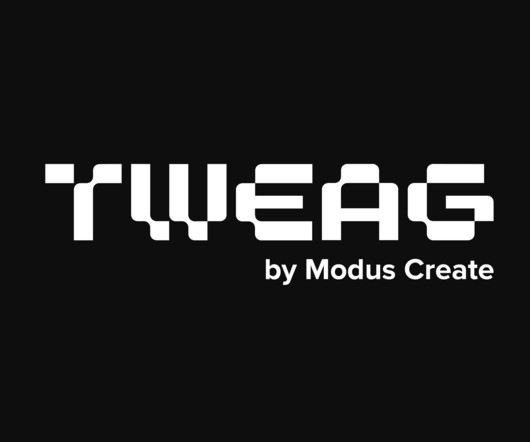Extending destination-passing style programming to arbitrary data types in Linear Haskell
Tweag
MARCH 6, 2024
What is Destination-passing style programming? Three years ago, a blog post introduced destination-passing style (DPS) programming in Haskell, focusing on array processing, for which the API was made safe thanks to Linear Haskell. On strict data structures, however, non-tail recursive consume stack space. Actually, Bour et al.












Let's personalize your content